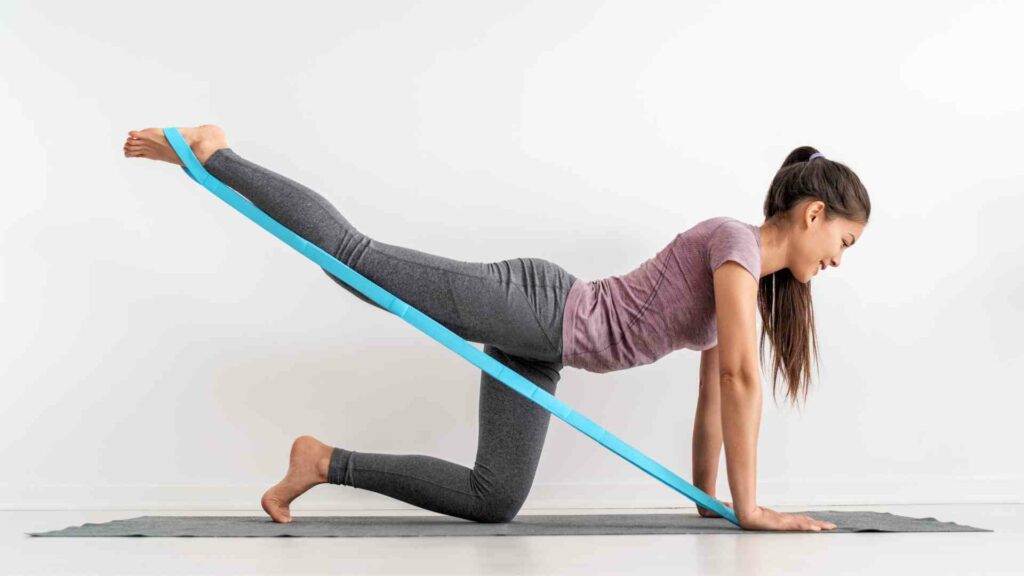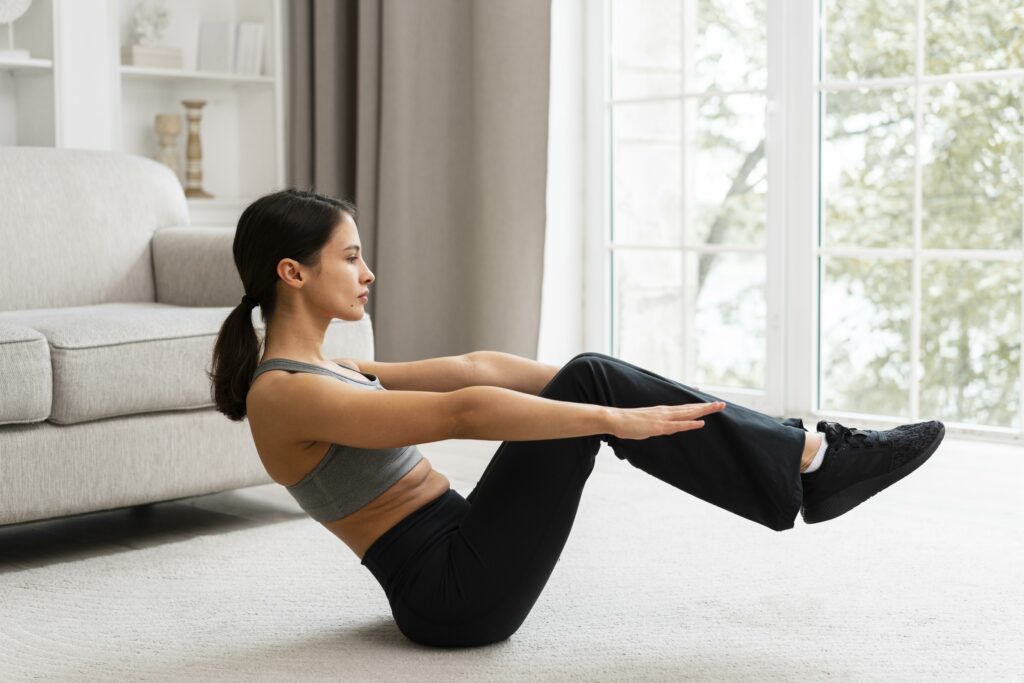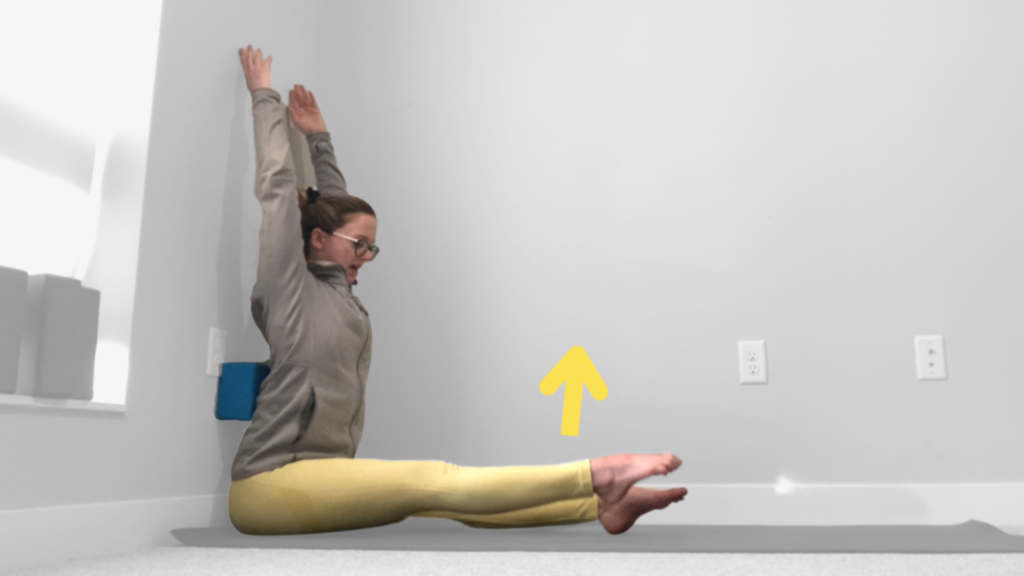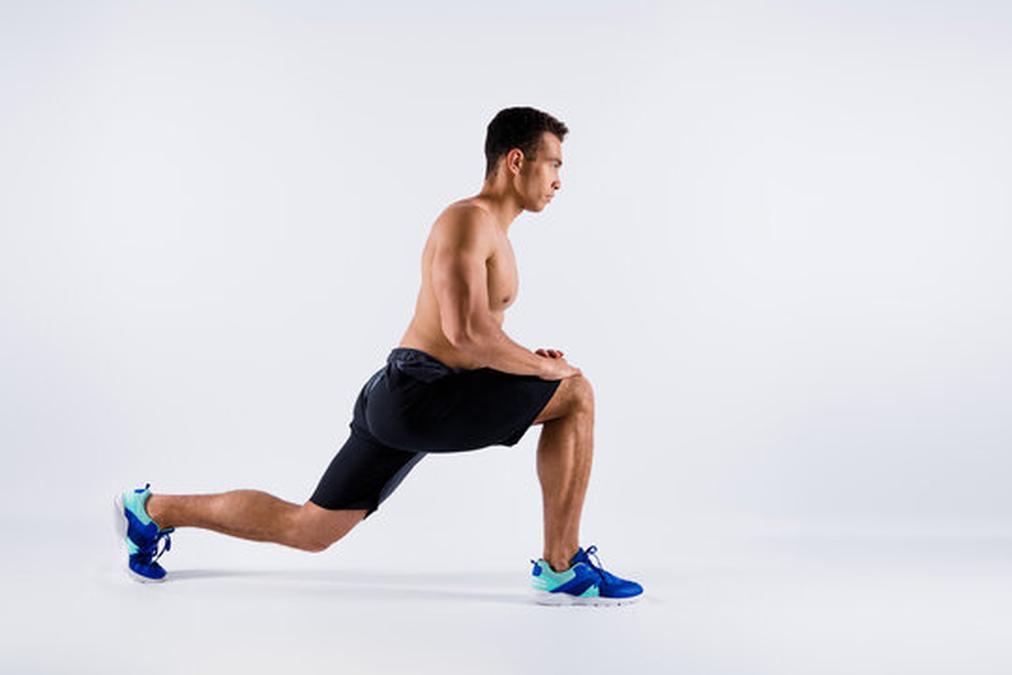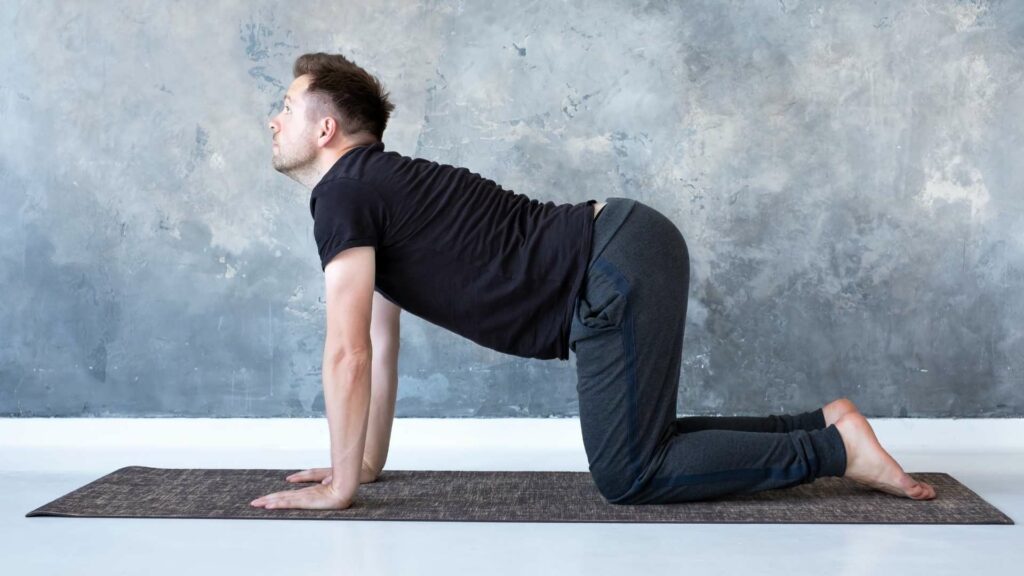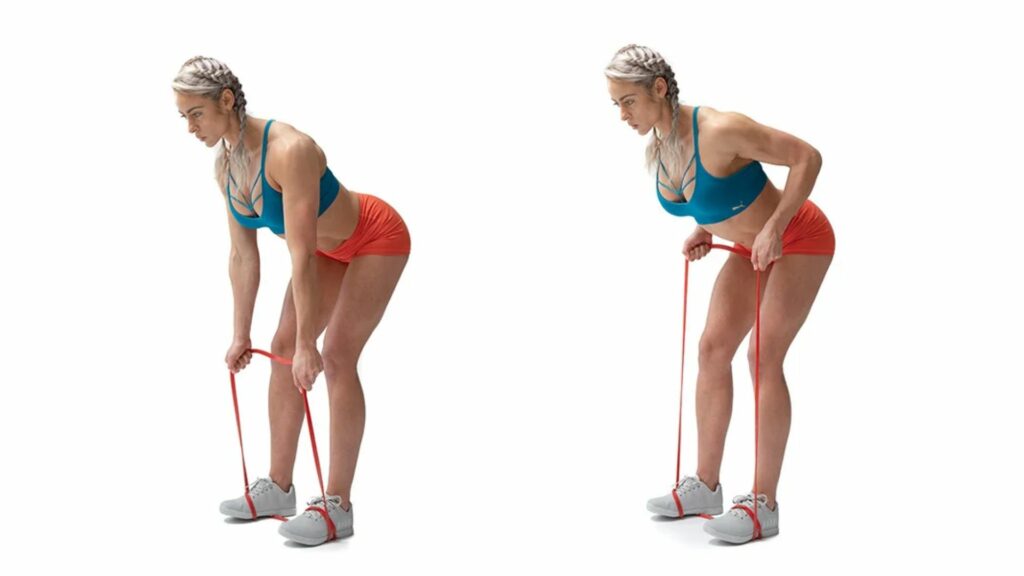Benefits of Physiotherapy Exercises

Physiotherapy exercises are an excellent way to maintain a healthy and active lifestyle. These exercises can help improve flexibility, balance, and coordination, alleviate pain, and improve muscle strength. In this article, we’ll explore the benefits of physiotherapy exercises in more detail.
Improved Flexibility, Balance, and Coordination
Flexibility, balance, and coordination are essential for performing daily activities such as walking, standing, and reaching. Physiotherapy exercises can help improve these areas through targeted exercises.
According to physiotec.ca, an ergonomic workstation setup is critical for maintaining good posture, which can improve flexibility, balance, and coordination. The recommended eye-screen distance is one arm’s length or 60 cm, and the head should be up and looking at the upper portion of the screen.
Physiotherapy exercises, such as yoga, tai chi, and Pilates, can also help improve flexibility, balance, and coordination. These exercises focus on slow, controlled movements and can be tailored to your specific needs.
Pain Relief
Physiotherapy exercises can help alleviate pain by improving range of motion, reducing muscle tension, and increasing blood flow to affected areas. These exercises can also help prevent future injuries.
OAHCT offers a range of physiotherapy exercises to reduce pain, strengthen core areas, and maintain an active lifestyle. It is essential to consult a provider before starting any exercise plan.
Improved Muscle Strength
Physiotherapy exercises can help improve muscle strength, which is essential for maintaining mobility and performing daily activities. These exercises can be tailored to your specific needs and can target specific muscle groups.
Physiotherapy-treatment.com notes that there are various types of physiotherapy exercises that can help improve muscle strength, including weight-bearing exercises, resistance exercises, and functional training. It is crucial to discuss the suitability of these exercises with a physiotherapist and ensure safety during practice.

Types of Physiotherapy Exercises
There are several types of physiotherapy exercises that can help improve your overall physical health. In this section, we’ll explore some of the most common types of physiotherapy exercises.
Cardiovascular Exercises
Cardiovascular exercises, also known as aerobic exercises, are exercises that increase your heart rate and breathing. These types of exercises are essential for improving cardiovascular health and can help reduce the risk of heart disease.
According to physiotherapy-treatment.com, some common examples of cardiovascular exercises include jogging, cycling, swimming, and brisk walking. It is essential to start slow and gradually increase your intensity to avoid injury.
Motor Coordination Exercises
Motor coordination exercises are exercises that focus on improving your coordination and motor skills. These types of exercises are essential for performing daily activities such as walking, running, and climbing stairs.
Physiotherapy-treatment.com notes that some common examples of motor coordination exercises include balance exercises, ball exercises, and coordination drills. These exercises are typically low-impact and can be tailored to your specific needs.
Balance Exercises
Balance exercises are exercises that focus on improving your balance and stability. These types of exercises are essential for preventing falls and reducing the risk of injury.
According to health.cornell.edu, some common examples of balance exercises include standing on one leg, heel-to-toe walking, and balance board exercises. It is essential to start slow and gradually increase your intensity to avoid injury.
Stretching Exercises
Stretching exercises are exercises that focus on improving your flexibility and range of motion. These types of exercises are essential for maintaining mobility and preventing injury.
OAHCT stretching. It is essential to discuss the suitability of these exercises with a physiotherapist and ensure safety during practice.
Physiotherapy Exercise Resources
There are several resources available to help you incorporate physiotherapy exercises into your daily routine. In this section, we’ll explore some of the most popular physiotherapy exercise resources.
Cornell Health PT Exercise Videos
Cornell Health offers PT exercise videos for patients to follow their physical therapist’s recommendations. The videos cover various exercises for different body parts and include closed captioning. Patients should stop if they experience pain or cannot perform the exercises correctly.
PhysioTools
PhysioTools is an online exercise software for physiotherapy, rehabilitation, and fitness professionals. It provides a variety of exercise specialties and allows users to print, email, and send exercise programs through the free Physiotools app. It is part of the Physitrack Group and offers a free trial version.
PhysioTools offers a range of exercises that can be tailored to your specific needs, including cardiovascular exercises, strength training, balance exercises, and stretching exercises. The software also includes anatomical illustrations and videos to help you perform the exercises correctly.
It is essential to discuss the suitability of these exercises with a physiotherapist and ensure safety during practice.
Tips for Safe and Effective Physiotherapy Exercises
Physiotherapy exercises can be highly beneficial for your overall physical health, but it is essential to follow some basic safety guidelines to avoid injury. In this section, we’ll explore some tips for safe and effective physiotherapy exercises.
Consult with a Physiotherapist
Before starting any physiotherapy exercise program, it is essential to consult with a physiotherapist. A physiotherapist can help you develop a customized exercise plan that is tailored to your specific needs and abilities.
OAHCT notes that a physiotherapist can also help you learn how to perform the exercises correctly and make any necessary adjustments to your technique.
Start Slow and Gradually Increase Intensity
It is essential to start slowly when beginning a new physiotherapy exercise program. Start with low-impact exercises and gradually increase your intensity as you become more comfortable with the exercises.
Physiotherapy-treatment.com suggests that you start with short sessions and gradually increase your time and intensity. It is important to listen to your body and avoid pushing yourself too hard.
Listen to Your Body
It is crucial to listen to your body when performing physiotherapy exercises. If you experience pain or discomfort during an exercise, stop immediately and consult with your physiotherapist.
Health.cornell.edu notes that some discomfort during exercise is normal, but you should never push through pain.
Use Proper Technique
Using proper technique is essential for performing physiotherapy exercises correctly and avoiding injury. It is important to follow your physiotherapist’s instructions carefully and ask for clarification if you are unsure about how to perform an exercise correctly.
Physiotherapy-treatment.com suggests that you start with low resistance and gradually increase resistance as your technique improves. It is also important to maintain proper form throughout the exercise.
Stay Consistent
Consistency is key when performing physiotherapy exercises. To achieve the maximum benefit, it is essential to perform the exercises regularly and consistently.
Health.cornell.edu suggests that you aim for at least two to three sessions per week and gradually increase your frequency as you become more comfortable with the exercises.
Benefits of Physiotherapy Exercises
Physiotherapy exercises can offer a wide range of benefits for your overall physical health. In this section, we’ll explore some of the most significant benefits of physiotherapy exercises.
Improved Strength and Flexibility
One of the most significant benefits of physiotherapy exercises is that they can help improve your strength and flexibility. Regular exercise can help increase muscle mass and improve joint flexibility, making it easier to perform daily activities.
Physiotherapy-treatment.com notes that physiotherapy exercises can also help improve your posture and reduce your risk of injury.
Reduced Pain and Inflammation
Physiotherapy exercises can also help reduce pain and inflammation in your body. Exercises such as stretching and strength training can help reduce muscle tension and improve blood flow, which can help reduce pain and inflammation.
According to OAHCT, physiotherapy exercises can also help reduce the risk of chronic pain and improve your overall quality of life.
Improved Cardiovascular Health
Cardiovascular exercises such as jogging, cycling, swimming, and brisk walking can help improve your cardiovascular health. Regular cardiovascular exercise can help reduce your risk of heart disease, stroke, and other cardiovascular conditions.
Physiotherapy-treatment.com notes that cardiovascular exercise can also help improve your lung capacity and endurance, making it easier to perform daily activities.
Improved Mental Health
In addition to physical health benefits, physiotherapy exercises can also offer significant mental health benefits. Exercise has been shown to help reduce stress, anxiety, and depression, and improve overall mood.
Health.cornell.edu notes that regular exercise can also help improve your sleep quality, which can further improve your mental health.
Enhanced Overall Quality of Life
Finally, physiotherapy exercises can help enhance your overall quality of life. Improved physical and mental health can help you feel better, have more energy, and perform daily activities more easily.
Physiotec.ca notes that physiotherapy exercises can also help prevent falls and reduce the risk of injury, which can help you maintain your independence and mobility as you age.
Merlin for Physiotherapy
Merlin Fitness Apps for Physiotherapy is an innovative and comprehensive solution for individuals undergoing physical therapy or rehabilitation. This specialized app leverages advanced technology to enhance the physiotherapy experience and facilitate recovery effectively and safely.
The AI real-time feedback feature is at the core of this app’s capabilities. It utilizes artificial intelligence to provide users with immediate feedback on their exercises and movements. This is especially beneficial for those recovering from injuries or surgeries, as it ensures that they perform their exercises with correct form and technique, reducing the risk of re-injury and promoting a faster and more effective recovery process. The real-time feedback acts as a virtual physiotherapist, guiding users through their rehabilitation exercises with precision and care.
Conclusion
In conclusion, physiotherapy exercises offer a wide range of benefits for your overall physical and mental health. Improved strength, flexibility, and cardiovascular health can help you feel better, have more energy, and perform daily activities more easily. Additionally, physiotherapy exercises can help reduce pain and inflammation, improve mental health, and enhance your overall quality of life.
However, it is essential to follow safety guidelines and consult with a physiotherapist before starting any exercise program. Starting slowly, listening to your body, and using proper technique can help you avoid injury and achieve the maximum benefit from your exercises.
We hope this article has been informative and helpful in your quest for better physical health. If you’re interested in learning more about physiotherapy exercises, be sure to check out our other great content on the topic!
Questions & Answers
Who can benefit from physiotherapy exercises?
Anyone who wants to improve their physical health and wellbeing can benefit from physiotherapy exercises.
What types of exercises are included in physiotherapy programs?
Physiotherapy programs can include a wide range of exercises, including stretching, strength training, and cardiovascular exercises.
How often should I perform physiotherapy exercises?
It is recommended to perform physiotherapy exercises at least 2-3 times per week, gradually increasing intensity and frequency as you become more comfortable with the exercises.
What if I experience pain during a physiotherapy exercise?
If you experience pain or discomfort during a physiotherapy exercise, stop immediately and consult with your physiotherapist to adjust your technique or exercise plan.
How long does it take to see results from physiotherapy exercises?
The time it takes to see results from physiotherapy exercises can vary depending on your specific goals and abilities. Consistency and patience are key to achieving the desired results.
What if I have a medical condition or injury?
If you have a medical condition or injury, it is essential to consult with your healthcare provider or physiotherapist before starting any exercise program. They can help determine which exercises are safe and suitable for your condition.






